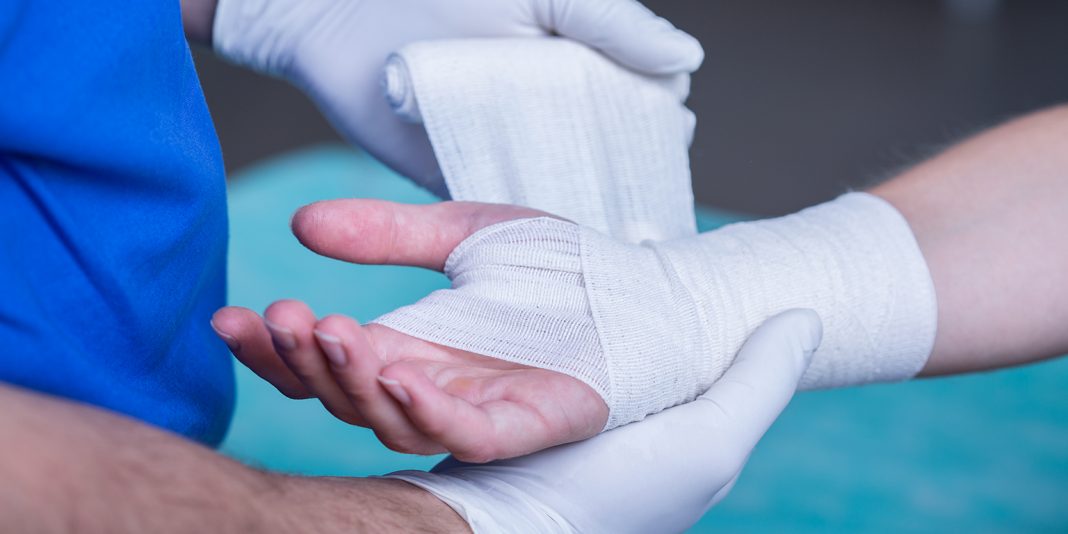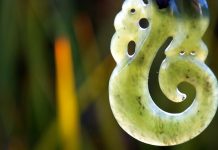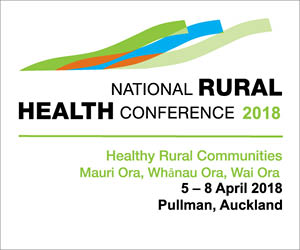Name | Janet Barker
Job title | Staff/Flight Nurse
Location| Intensive Care Unit (ICU) & Flight Team, Whangarei Hospital
05.30am Wake
The alarm usually wakes me at 05.45 when I’m on a morning shift, but this day I was woken at 5.30 by the phone; it was the ICU shift coordinator asking if I could come into work early as there was a patient needing retrieving by air from the far north.
So I clicked the kettle on, had a very quick shower, made my hubby his usual morning cup of tea, plus a travel mug of coffee for myself, and headed to work. I live out of town in the Whangarei Heads area and my drive to work is alongside the harbour, lined at this time of the year with beautiful crimson pohutakawa. The weather was clear, dawn was just breaking, and there were blue skies and the promise of a hot and humid day ahead. Every day I drive this route, I compare it to driving to work in the UK, where I was born and lived until 1986 when we emigrated to Whangarei. Soon after arriving, I became charge nurse of Whangarei’s ICU – a role I held for 18 years (including starting the ICU flight team in 1988). However, nowadays I am very happy to be a part-time staff nurse.
06.00am Briefing
There was hardly any traffic at that early hour, and I made it to the unit in around 20 minutes. The shift coordinator outlined the details of the patient we would be retrieving from Kaitaia Hospital, and I checked over the flight gear. The ICU flight team has a dedicated flight stretcher that houses oxygen, IV pumps, monitoring, and a ventilator. I added our narcotics kit from the controlled drug cupboard and the small cool bag of drugs from the fridge.
06.10am Lift off
The flight doctor was present and the pilots had called in to confirm their readiness, so we headed up to the hospital’s rooftop helipad. At 06.10hrs “Helimed One” landed on the roof with two pilots and a flight paramedic on board. Our local air ambulance provider is Northland Emergency Services Trust (NEST) and they operate three Sikorsky S76 helicopters. The aircraft fly with two pilots at all times and have many advanced avionics that allow them to fly in virtually any weather. I had grabbed a bottle of water before I left the unit and I enjoyed sipping it as we headed north at 3000 feet. The journey took 30 minutes helipad to helipad, and I couldn’t help but remember when we had to travel by ambulance for four hours just to get to the patient, then another four-hour journey home.
06.45am Land/challenging patient
Once at Kaitaia Hospital we made our way up to their emergency department. The patient was critically unwell with respiratory failure – he was only in his early 40s but had many co-morbidities that affected his overall condition. He had congestive cardiac failure, hypertension, diabetes, asthma, COPD, and mild renal impairment.
He was struggling to breath – his respiratory rate was 48bpm and his oxygen saturations were 86% on a non-rebreath mask at 15 litres. He was barely responsive with a GCS of 6; he was cold and clammy and was in a rapid AF of 170 bpm with a SBP of 100 mmHg. His temperature was 39.5ËšC, and although the Kaitaia staff had catheterised him two hours previously, he had not produced any urine. The flight doctor assessed the patient quickly and we agreed on a plan for his immediate clinical management.
Whilst all this was going on, I was also considering another problem – this patient weighed about 200kg and I was wondering how we were going to get him positioned on our narrow and low flight stretcher. The paramedic and I exchanged a glance that said more than a thousand words!
I had introduced myself to the patient and his family and took a nursing handover from his Kaitaia nurse. The decision was made to intubate and ventilate him, so whilst I prepared drugs and equipment for this procedure, I let the pilots know that we would be some time – there would be no “swoop and scoop” for this patient, we needed to “stay and play!”
08.00– 08.15am Lift off… eventually
In due course the patient was safely intubated and ventilated, with IV and arterial lines for optimal monitoring in flight. We started to get organised to transfer him onto the flight stretcher. We placed two sheets lengthwise across the stretcher and very carefully slid the patient down off the bed onto the stretcher using sliding boards, sliding sheets and eight personnel. Once on the stretcher, we wrapped the sheets up and over his torso to contain his limbs and abdominal apron – a system that actually worked really well. With a little difficulty, we manoeuvered the stretcher along the corridors and outside to the helipad, where all five of the flight crew were needed to push the stretcher up the ramps.
08.45am Touch down in Whangarei again
The only thing I had forgotten to do was nip to the toilet before we left Kaitaia – that early morning cup of coffee stayed with me for a long time and I felt every bump on the way home – thank goodness for a smooth flight! Back in Whangarei the patient was admitted directly to the ICU and the shift coordinator settled him into the unit whilst I got changed from flight suit into scrubs – emptied my bladder – re-stocked the flight gear and then re-filled my bladder with more coffee!
09.30– 19.30pm Care for patient
I took over the care of the patient for the remainder of my 12-hour shift. He needed complex respiratory and cardiac supports, and I also established him on dialysis (CVVHDF) in the late afternoon. (This patient had a rocky ICU stay with respiratory, cardiac, and renal failure complicated by a community-acquired pneumonia, but he eventually made a good recovery and returned to his family and community in Kaitaia.)
20.00pm Home
I got home at about 8pm, when I was delighted to find that my well-trained husband had thrown together a yummy curry, so we sat on the deck watching the sunset and sharing a bottle of wine. Not a bad end to a great day!






















